Introduction to Indian Soapstone Cookware
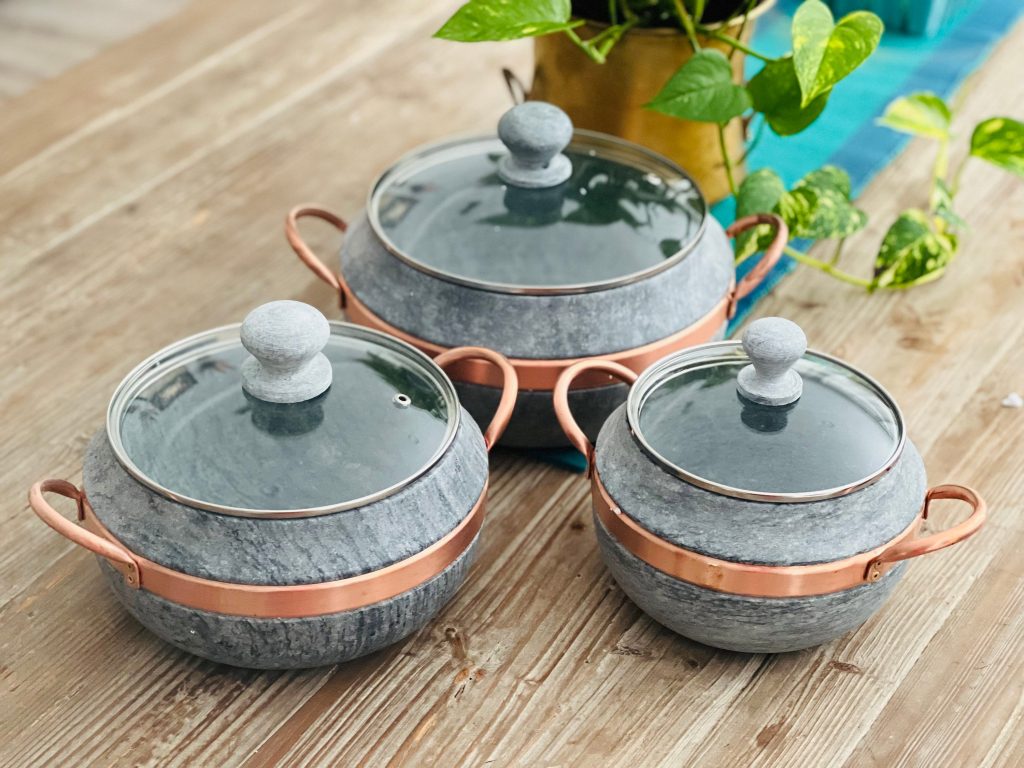
Indian Soapstone Cookware has been making waves in modern kitchens across the globe. Once considered a traditional staple mostly found in rural Indian households, this humble cookware is now enjoying a remarkable resurgence. But why is soapstone capturing the attention of contemporary chefs and home cooks alike? The answer lies in its perfect blend of tradition, health benefits, and eco-friendly appeal. buy soapstone cookware online India.
Soapstone cookware embodies centuries of culinary heritage while meeting the demands of today’s environmentally conscious and health-focused consumers. This article explores the fascinating reasons behind this comeback, unpacking the science, culture, and practicality that make soapstone cookware a must-have for modern kitchens. soapstone cookware shop India.
What Is Soapstone? Understanding the Material
Soapstone is a natural metamorphic rock composed primarily of talc, which gives it a distinctive soft, soapy feel—hence the name. Found abundantly in various parts of India, particularly in Rajasthan and Tamil Nadu, soapstone has been used for millennia not just in cookware but also for sculptures and building materials.
The Unique Composition of Soapstone
The makeup of soapstone is what makes it uniquely suited for cooking. Its high talc content ensures a smooth surface that is naturally non-porous, heat-resistant, and highly durable. Beyond talc, soapstone contains minerals like chlorite and magnesite, which contribute to its robust structure. This mineral combination gives soapstone exceptional heat retention, allowing food to cook evenly and stay warm for longer periods.
Traditional Uses of Indian Soapstone Cookware
For generations, soapstone cookware has been an essential part of Indian culinary traditions. From slow-cooked dals to rich curries, these pots and pans have been prized for their ability to enhance flavor and nutrition. Historically, soapstone vessels were used in rural kitchens because they retained heat well, making them ideal for the Indian style of slow simmering and sautéing.
Soapstone was also considered auspicious in many Indian households, symbolizing purity and longevity. The smooth surface was easy to clean, and the natural stone did not react with acidic ingredients, making it a safe choice for cooking.
Modern-Day Benefits of Using Indian Soapstone Cookware

In today’s fast-paced world, where health and sustainability are top priorities, soapstone cookware offers a refreshing alternative to mass-produced, chemically treated cookware.
Natural Non-Toxic Cooking Surface
One of the biggest draws of soapstone is its natural, chemical-free surface. Unlike non-stick pans that may contain toxic coatings or metals that can leach harmful substances into food, soapstone is inert. It doesn’t release any chemicals, ensuring your meals remain pure and healthy.
Superior Heat Retention and Even Cooking
Soapstone’s ability to hold and distribute heat evenly makes it perfect for dishes that require slow cooking. It reduces the risk of hot spots that can burn food, ensuring that meals are cooked uniformly. Plus, the retained heat keeps food warm long after cooking, which is perfect for serving.
Comparing Soapstone Cookware with Other Popular Cookware
When shopping for cookware, consumers often weigh the options among cast iron, stainless steel, ceramic, and now, soapstone. Understanding the pros and cons can help make an informed decision.
Pros and Cons of Soapstone vs. Cast Iron
| Feature | Soapstone | Cast Iron |
|---|---|---|
| Weight | Lighter, easier to handle | Heavier, requires more care |
| Heat Retention | Excellent heat retention | Also excellent, but takes longer to heat |
| Maintenance | Low maintenance, no seasoning required | Needs seasoning to prevent rust |
| Surface | Naturally non-stick, smooth | Rougher, can be sticky without seasoning |
| Health | Chemical-free, inert | May leach iron, beneficial in small amounts |
Soapstone vs. Non-Stick Cookware
While non-stick pans are convenient, they often contain synthetic chemicals that can degrade over time. Soapstone is a natural alternative that doesn’t wear down or lose its non-stick properties with use.
How to Care for and Maintain Soapstone Cookware
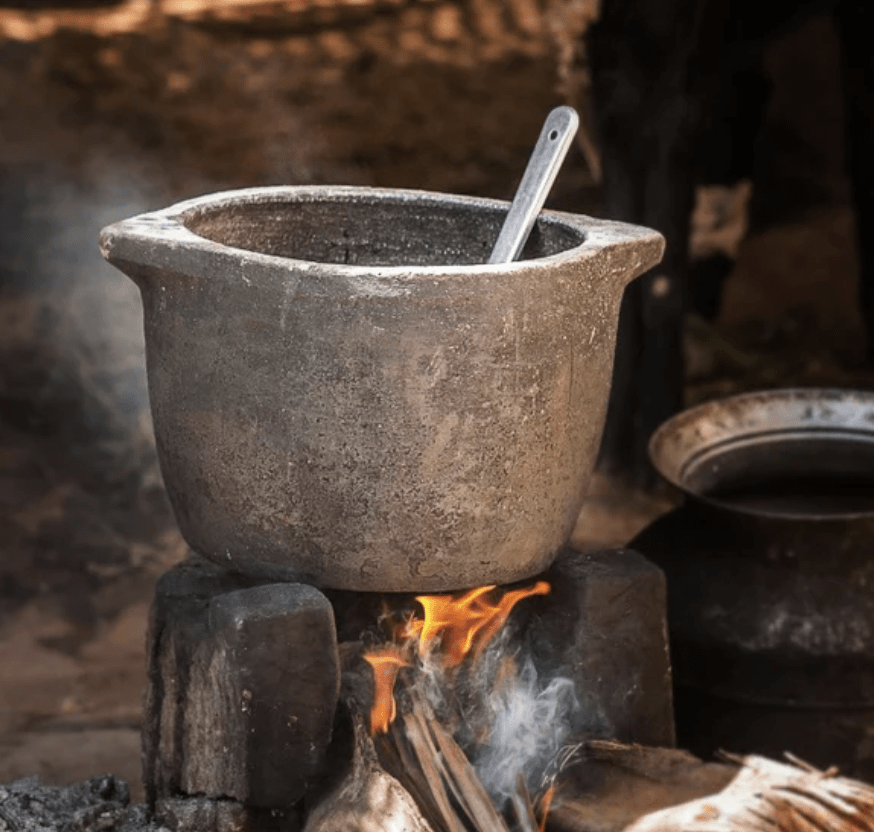
Maintaining soapstone cookware is surprisingly simple. Because it’s naturally non-porous and durable, cleaning typically only requires warm water and a mild scrub. Avoid harsh detergents, and occasionally rub the surface with food-grade mineral oil to enhance the stone’s luster and maintain its moisture barrier.
Where to Buy Authentic Indian Soapstone Cookware
Authentic Indian soapstone cookware can be found through specialized retailers and online marketplaces. It’s important to buy from trusted sources to ensure the stone is genuine and sustainably sourced. Prices vary depending on the craftsmanship and size, but investing in authentic soapstone cookware means years of reliable use.
Recipes Best Suited for Indian Soapstone Cookware
Soapstone cookware shines best with recipes that benefit from slow, even heat.
Slow-Cooked Curries and Stews
Dishes like Indian dals, biryanis, and slow-simmered vegetable stews develop richer flavors when cooked in soapstone.
Baking and Roasting in Soapstone
You can also use soapstone pots for baking breads or roasting meats, thanks to their excellent heat retention and distribution in ovens.
Environmental Impact and Sustainability of Soapstone
Soapstone is an eco-friendly material because it is naturally occurring and biodegradable. When responsibly mined, it has a much lower environmental footprint compared to metal or synthetic cookware production. Choosing soapstone supports sustainable culinary practices.
Common Myths and Misconceptions About Indian Soapstone Cookware
- Myth: Soapstone is fragile and cracks easily.
Fact: Soapstone is actually highly durable and resists thermal shock. - Myth: Soapstone cookware is hard to clean.
Fact: Its smooth, non-porous surface makes cleaning easy.
Frequently Asked Questions (FAQs)
Q1: Is soapstone cookware safe for all stovetops?
A: Soapstone cookware is generally safe for gas and electric stovetops but should be used carefully on induction cooktops as it does not conduct electricity.
Q2: How long does soapstone cookware last?
A: With proper care, soapstone cookware can last decades, making it a long-term investment.
Q3: Can soapstone cookware be used in the oven?
A: Yes, soapstone handles oven temperatures well, ideal for roasting and baking.
Q4: Does soapstone cookware require seasoning like cast iron?
A: No seasoning is required, but occasional oiling can maintain its finish.
Q5: How do I prevent soapstone from cracking?
A: Avoid rapid temperature changes, such as placing a hot pot directly on a cold surface.
Q6: Where can I find authentic Indian soapstone cookware?
A: Trusted specialty stores and verified online retailers offer genuine products, often with origin certifications.
Conclusion: Embracing Tradition and Innovation in Your Kitchen
Indian soapstone cookware represents a beautiful fusion of heritage and modern needs. Its natural composition, health benefits, and sustainability make it an excellent choice for today’s conscientious cooks. Whether you’re drawn to its slow cooking advantages, chemical-free surface, or environmental friendliness, soapstone is proving its worth as a timeless kitchen essential.
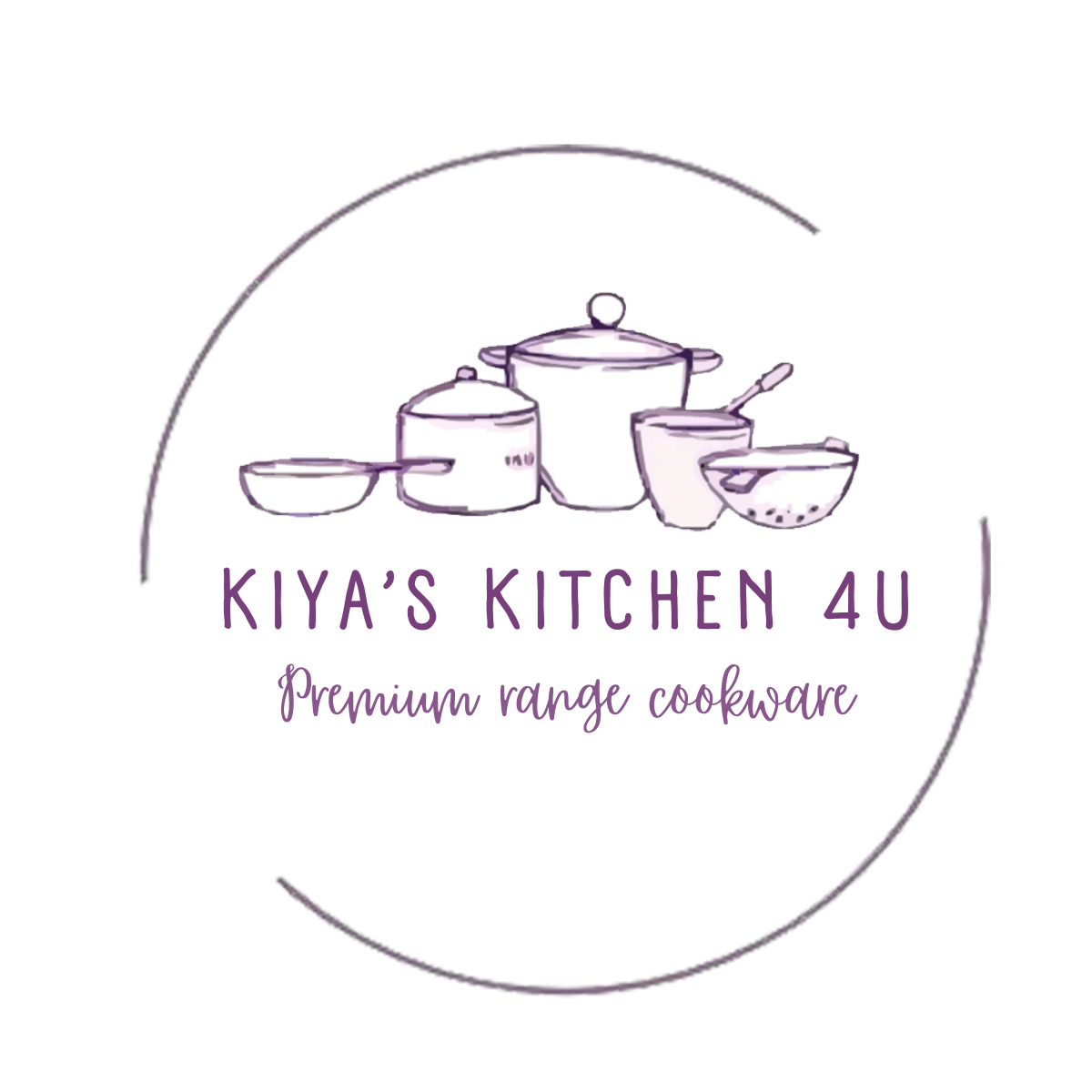

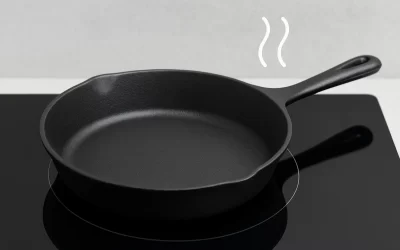

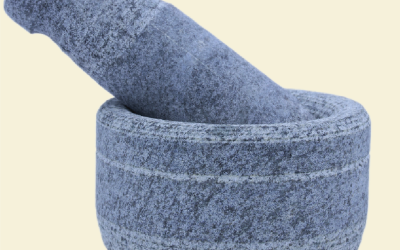
0 Comments